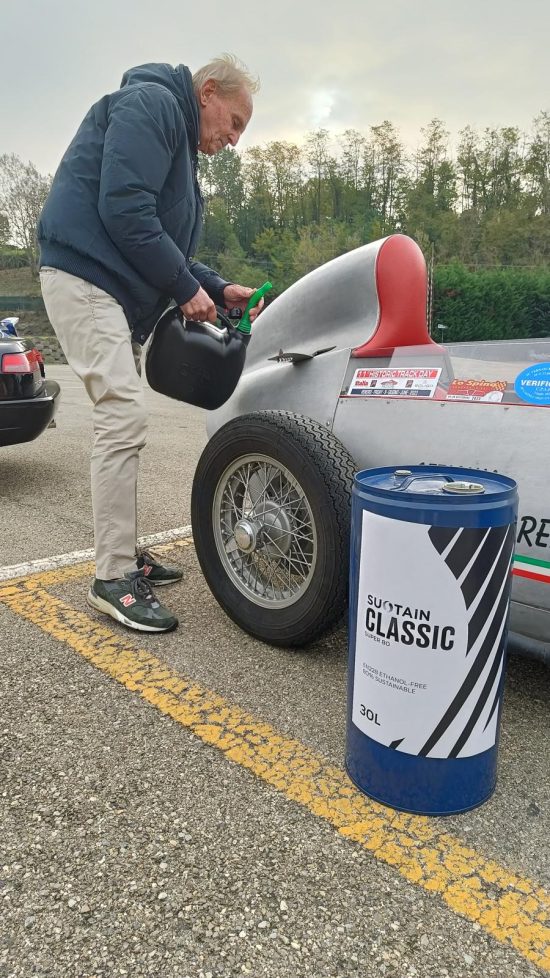Whether you’re safekeeping a car between seasons or looking for long-term security, storing your vehicle correctly will help prevent damage and ensure it’s in good condition when you’re ready to use it again.
From personal properties to professional services, there are a range of vehicle storage solutions available to the modern motorist. In this article, we’ll explore these options in more detail whilst outlining the key considerations to make when choosing the right option for you.
What is vehicle storage?
Vehicle storage is the act of keeping a vehicle in a designated space for an extended period. It can be short-term or long-term and is often used when a car, van, RV, boat or bike is not regularly used. Typically, people will follow one of two paths when choosing a home for their vehicle.
- Home storage: If you have a secure space and the time to look after your vehicle on your own property, home storage can be convenient and cost-efficient. Offering unlimited access without any contractual agreements, it’s often suited to those who use their vehicles periodically or need complete flexibility. It does, however, come with compromises. Storing your vehicle at home means you lose valuable space that could be needed for other activities. And, unless you own a state-of-the-art facility, your protection levels will be limited, opening you up to risks such as pest or weather damage.
- Professional storage: If you’re looking for storage with enhanced security and expertise, or if space at home is an issue, you may prefer a professional service. Of course, there’s a cost associated with this, and the price you pay will typically reflect the level of service you receive. However, depending on the value of your vehicle, the additional protection offered can be well worth it.

What types of professional vehicle storage are available?
If you decide to invest in a professional vehicle storage service, there are numerous options to explore. Depending on your provider, each one can vary greatly in terms of the protection they offer. However, there are core categories you can look out for.
- Outdoor storage, for example, a car park or open space where vehicles are stored, often at a lower cost but exposed to weather conditions.
- Covered storage, this can include carports or canopy-covered areas that provide some protection from the elements.
- Indoor storage, for instance, a garage or warehouse that offers full protection from weather, dust, and potential theft.
- Self-storage, enclosed spaces within a self-storage facility where vehicles can be locked away securely but are likely to be left unattended.
- Climate-controlled storage, for instance, a specialised indoor facility that regulates temperature and humidity to protect classic, luxury, or sensitive vehicles.
Here at SUSTAIN, we partner with Windrush Car Storage, the UK’s leading specialist in luxury and classic vehicle storage to offer premium sustainable fuels at their facilities. This collaboration marks the first of its kind in the UK storage sector and represents a significant step in Windrush’s ongoing commitment to environmental responsibility.

What should I look for in a quality vehicle storage facility?
If you want the very best vehicle storage solution, you should look for the following:
- Climate-controlled environment
- 24/7 security (cameras, alarms, access control)
- Full-time staffed operation
- Fire prevention systems
- Comprehensive induction and checkouts, with regular vehicle checks in between
- Clean, dust-free environment
- Convenient access hours
- Staff expertise in vehicle care
- Insurance coverage
- Pest control measures
What fuel should I use when storing my vehicle?
The premium additive packages in SUSTAIN fuels help prevent fuel degradation, protect against corrosion, and maintain optimal engine condition during storage periods, complementing Windrush’s meticulous approach to vehicle preservation.
What steps are involved in preparing a vehicle for storage?
The preparation required before storing a vehicle should be tailored to its condition and needs, as well as the area it’s being kept in. However, typical steps could include the following.
- Cleaning and preparing: Washing and waxing the exterior to protect the paint, cleaning the interior to prevent mould, odours, and pests and applying a protective spray to tyres to prevent cracking.
- Topping up the tank: Filling the petrol tank can prevent moisture buildup. You may wish to use a fuel stabiliser to keep the fuel fresh. Or you can simply use a fuel like SUSTAIN that contains a premium additive package designed to help prevent fuel degradation, protect against corrosion, and maintain optimal engine condition during storage periods.
- Changing fluids: Changing the oil and other fluids can help avoid contamination and engine damage.
- Protecting the battery: This could involve disconnecting the battery to prevent drainage, or using a trickle charger to keep it charged
- Preventing tyre damage: Inflating tyres to the recommended pressure can help prevent flat spots. Placing the car on jack stands can also relieve pressure on tyres if you’re planning to store your vehicle for months.
- Covering your vehicle: Covering your vehicle with a breathable, high-quality car cover can help protect against dust, dirt, and moisture.
- Protecting against pest infestation: It’s always worth trying to seal any gaps where rodents could enter and placing mothballs or peppermint oil inside the car to deter pests.
- Avoiding parking brake issues: Using wheel chocks instead of engaging the parking brake can help prevent brake pads from sticking.
- Storing in a safe location: Storing your vehicle in a dry, covered and climate-controlled facility will help protect your car. If parking outdoors, try to secure a location with minimal exposure to extreme weather.
- Checking insurance and registration: Even if your vehicle is in storage, you need to make sure you have the insurance.
- Starting and moving the vehicle occasionally: If possible, start the engine every few weeks and let it run for a few minutes. If it’s safe to do so, move the car slightly to keep the tyres from developing flat spots.
Given all of the above, it’s easy to see why professional services like those provided by our partners Windrush Car Storage are so popular. Here, the expert team deliver vigorous pre-storage preparation, car storage maintenance and departure protocols on every vehicle.

What considerations should I make when using an external storage facility?
With so many storage solutions and providers to pick from, creating a list of criteria ahead of researching your options can help you narrow down the choices and pick the right product for you. Potential points to consider may include:
- The distance from your home
- The access policies and hours
- Your insurance requirements
- Contract terms and minimum storage periods
- Any additional fees for services
- The facility’s battery maintenance protocols
- Possible cancellation policies
- Facility inspection schedule
As this article shows, deciding where to house your vehicle is a personal choice that should reflect your own circumstances and preferences. However, we do hope the information above provides some useful pointers to help you in your research. Should you have any further questions about fuelling your vehicle for storage, please contact our team.





